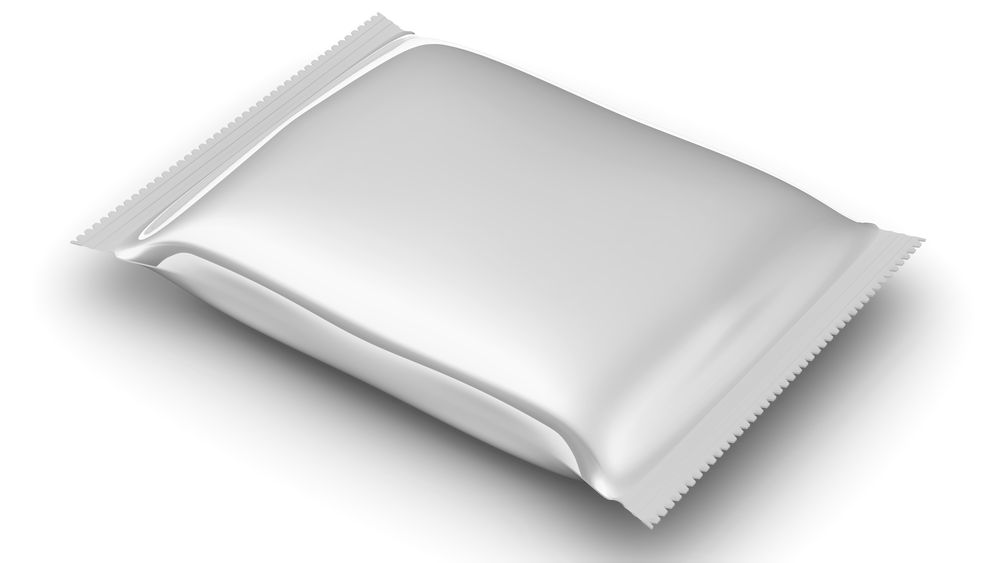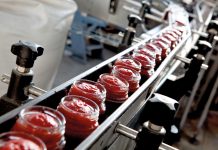Flexible systems with antioxidant properties. Over the last years, the food industry has been showing increasing interest in active packaging systems because of their ability to extend the shelf-life of products. Against this background, in a recent study conducted by a group of Italian researchers (Bossi et al., 2016), a coating made of polyamide-polyethylene (PA/PE) with antioxidant properties was investigated. To this purpose, several stable formulations containing vitamin E (a lipophilic compound) or ascorbic acid (hydrophilic compound)were prepared. In both cases, the presence of organosilanes ensures two functions: on one side it favours the introduction of large molecules (as for instance, vitamin E), and on the other side it allows the adhesion of the coating to a plastic substrate (PA/PE). The last process was carried out by means of dip coating. This coating is extremely homogeneous and transparent (in the visible spectrum), thanks to a flattening effect, as confirmed by optical absorption and roughness tests. The release of antioxidant molecules was estimated (within 14 days) by spectroscopic UV measurement using ethanol. The estimated antioxidant release was between 10 and 40 % for all tested (vitamin E or ascorbic acid based) samples. The antioxidant efficacy, evaluated through the Ferric Reducing Antioxidant Power FRAP assay, was significantly higher in the formulation containing ascorbic acid rather than in that containing vitamin E. Furthermore, it was observed that both products keep significant antioxidant efficacy even four months after the deposition. Further investigations are necessary to investigate the real effectiveness of these formulations in extending the shelf-life of different food products.
Biodegradable soy protein formulations obtained from chestnut bur. Traditional food packaging systems obtained from oil derivatives, become of ever greater importance. As a result, the interest of the food industry for the development of biodegradable systems is constantly growing. Plant proteins are the better suited for this purpose, and soy proteins (SP) are the most interesting for some of their properties, as low cost, wide availability and ultimate biodegradability. To this purpose, in a recent study conducted by a group of Chinese researchers (Wang et al., 2016), soy protein isolate (SPI) films were investigated, incorporated with chestnut bur extract (CBE). Samples were prepared containing following CBE contents: 20 g/kg, 50 g/kg, 80 g/kg, and 100 g/kg. The authors point out that the presence of CBE does significantly increase protection against UV light and the oxygen barriers (both properties that contribute to reduce natural food deterioration). The results of the DPPH tests show also that the antioxidant properties of SPI films were improved with the addition of CBE, whereas the tensile strength of these films reached the maximum value of 2.1+ 0.1 MPa when 80 g/kg CBE was added. According to Fourier Transform Infrared Spectroscopy, the authors indicate that the addition of CBE influences the mechanical properties of SPI films by changing the distribution of secondary protein structures. The cross-section of the samples, viewed with scanning electron microscopy, became more compact as the CBE level increased. In brief, the study leads to the conclusion that food wastes, such as chestnut burs, are likely to be used for developing biodegradable packaging systems, thus contributing significantly to the environmental sustainability of the food industry.
References
Bossi et al., Food Packaging and Shelf Life, 10, 2016, 106-114
Wang et al., LWT – Food Science and Technology, 71, 2016, 33-39




